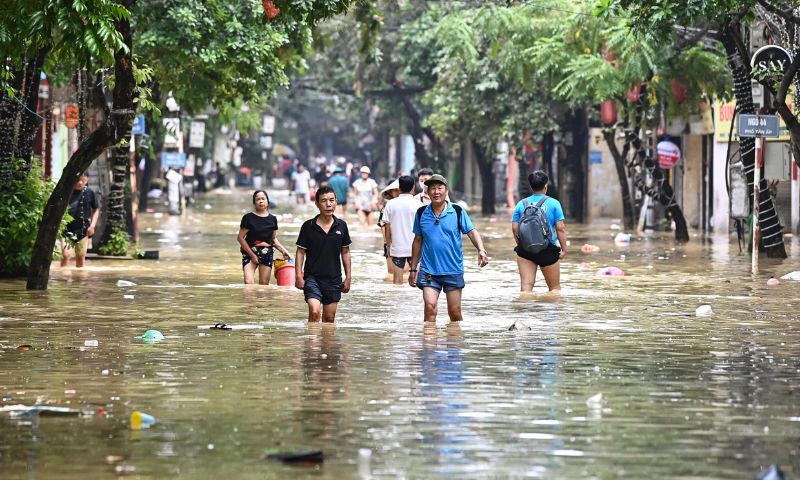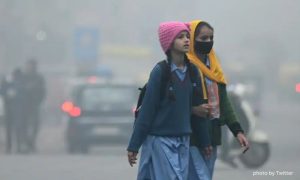HANOI: Southeast Asia is grappling with severe flooding, power outages, and infrastructure damage as Typhoon Yagi devastates the region. The death toll has surpassed 200, with the storm leaving a trail of destruction across Vietnam, Thailand, Myanmar, and Laos.
Vietnam has been the hardest hit, with fatalities rising to 197. Northern Thailand has reported nine deaths, with one district experiencing its worst floods in 80 years. In Myanmar, 17 bodies have been recovered from flooded villages in the Mandalay region, and over 50,000 people have been displaced.
Typhoon Yagi unleashed a massive downpour, causing widespread river flooding and triggering deadly landslides across northern Vietnam, Laos, Thailand, and Myanmar. In Hanoi’s outskirts, a farmer lamented the loss of his 1,800-square-meter peach blossom plantation, estimating losses up to $40,000.
The United Nations Children’s Agency (UNICEF) reported that the typhoon has damaged over 140,000 homes across 26 Vietnamese provinces. Vietnam’s agriculture ministry stated that more than 250,000 hectares of crops and numerous livestock have been devastated, with farmland around Hanoi severely affected.
In the Vietnamese capital, commuters waded through shin-deep floodwaters, although river levels are gradually receding after reaching a 20-year high on Wednesday. Thousands have been evacuated, and power outages continue to disrupt daily life.
In the deadliest incident, a landslide in Lao Cai province obliterated a village of 37 houses, killing at least 42 people, with 53 still missing. Rescue teams have been working tirelessly to recover victims and provide shelter for survivors.
In Cao Bang province, a landslide on Monday swept a bus and several vehicles into a stream, resulting in 15 confirmed deaths. Myanmar’s junta has established around 50 relief camps for those affected by the floods, and train services between Yangon and Mandalay have been suspended due to flooding.
The Mekong River Commission has issued a flood warning for Luang Prabang, Laos, predicting the Mekong River will reach flood levels in the coming days.
While heavy monsoon rains are typical in Southeast Asia, climate change is exacerbating weather patterns, making such destructive floods more frequent.
A recent study highlights that climate change is causing typhoons to form closer to the coast, intensify more rapidly, and linger longer over land.

























